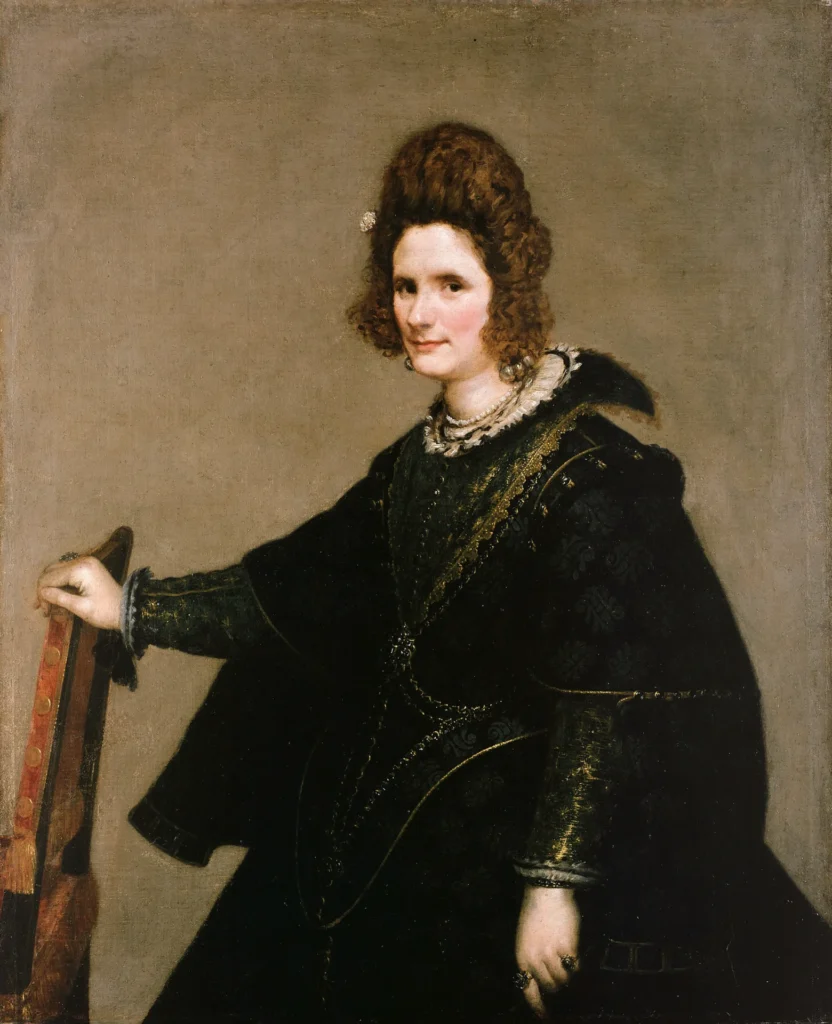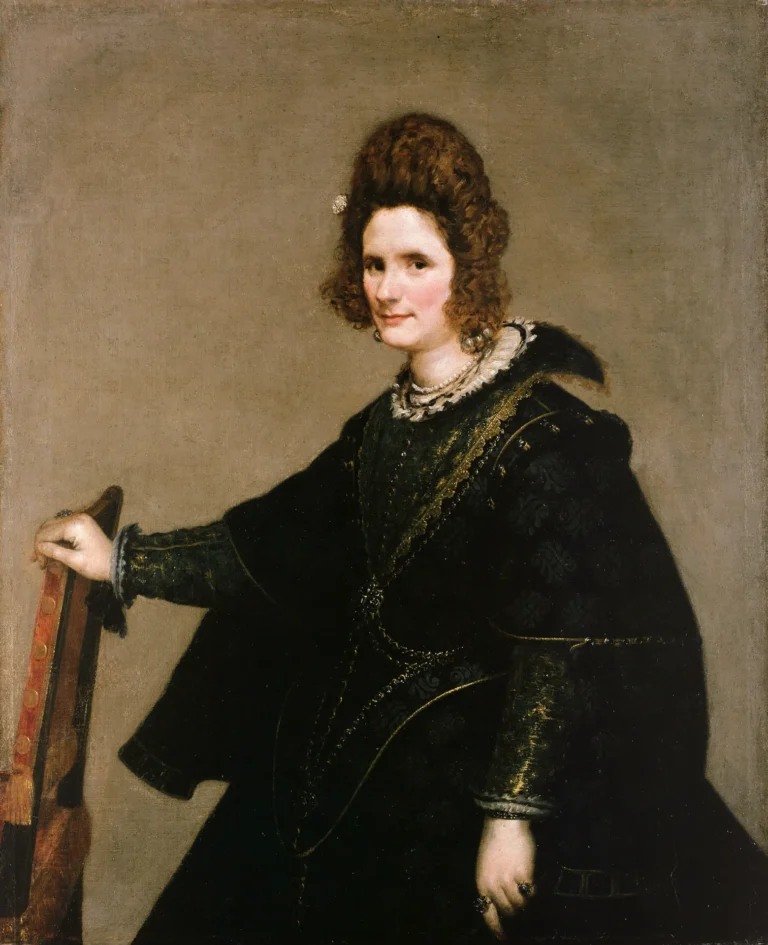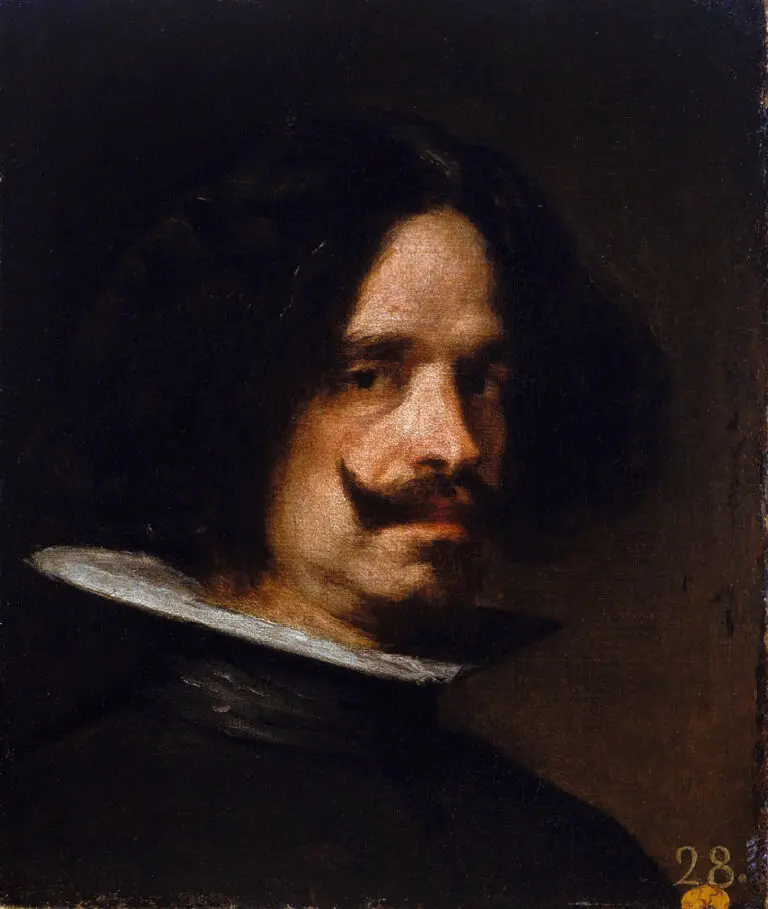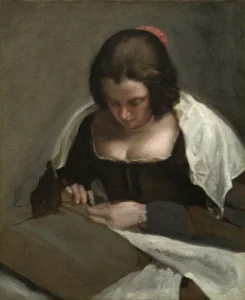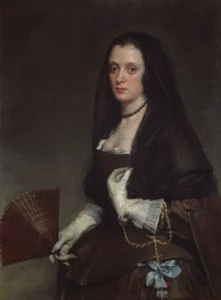Portrait of a Lady (circa 1630)
The Portrait of a Lady by Diego Velázquez is a striking example of early 17th-century portraiture, created around 1630. This oil on canvas painting measures 123.7 cm by 101.7 cm, showcasing the artist's exceptional ability to convey the essence and dignity of his subjects. With a meticulous attention to detail and a masterful use of light and color, Velázquez encapsulates the character and presence of the woman depicted, drawing viewers into her world. The painting's current home at the Gemäldegalerie reflects its esteemed status in the realm of European art.
Circa 1630
About the Artwork
The Portrait of a Lady was created during a formative period for Velázquez, who would later become one of the most influential painters of the Baroque period. This artwork is emblematic of his keen ability to render his subjects with a naturalistic approach, a technique that would define his later works. Although the identity of the woman in the portrait is not definitively known, her confident pose and attire suggest a figure of significance, perhaps from the upper echelons of Spanish society. The painting reflects the sociocultural dynamics of 17th-century Spain, where art was a means of showcasing status and wealth. Velázquez's innovative techniques and expressive composition remain admired and studied by artists and art enthusiasts alike.
Did You Know
Diego Velázquez is often considered a precursor to modern art. His techniques, such as his use of light and shadow, laid the foundation for future artists, influencing movements such as Impressionism.
The identity of the lady in the portrait has sparked speculations among art historians, with theories ranging from a member of the royal court to an unknown noblewoman, continuing to intrigue viewers and scholars.
Velázquez served as the court painter for King Philip IV of Spain. His works, including Portrait of a Lady. often portrayed important figures of his time, subtly reflecting the power dynamics and societal structures of 17th-century Spain.




